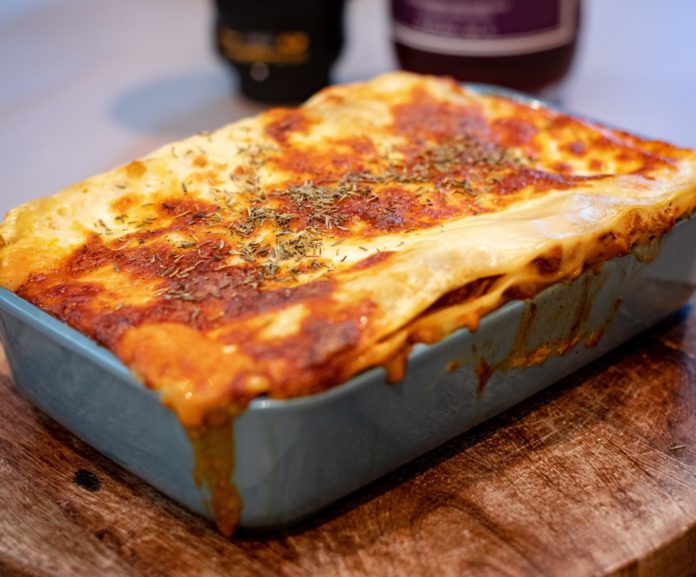Lasagna is one of the truly great comfort foods. Layers of pasta, lots of melted cheese, tasty filling, and sauce all join forces to instantly make you feel better while ensuring you are full for the better part of the day.
One thing we can all agree about lasagna is that this iconic Italian dish is best when homemade. This enables you to use fresh ingredients and customize it per your preference, which is always a better option. Still, making lasagna is a lot more challenging compared to other pasta dishes.
In order to make perfect lasagna, you need to execute every step perfectly and pay attention to small details. It also helps if you avoid mistakes that people usually make when making this dish. Want to know more about them? Continue reading below.
Pasta Sheets Management
When boiling pasta for lasagna, you should always salt the water. No matter how much you salt the rest of the ingredients, the pasta sheets won’t be seasoned properly unless you do it at the very start. Salted pasta will significantly add to the flavor of your lasagna.
Another thing to watch for is how your treat the pasta after it’s cooked. If you don’t start assembling lasagna immediately, then don’t leave the pasta in water or drained in a bowl. Instead, line each sheet separately on parchment paper. This way, you’ll avoid soggily and clumped pasta.
Cookware Material
You would think that the material your pan is made of doesn’t play a role in the outcome of the cooking process. But it turns out it does.
According to experts, the best cookware for lasagna is a glass pan. This is because glass distributes the heat in a better way than other materials, ensuring that lasagna is baked more evenly.
Correct Assembly
Layers are what lasagna is all about, so it is vital to choose the right approach during the assembly process. Food expert Sabrina Sexton of the Institute of Culinary Education says that the correct way of layering lasagna is: sauce-pasta-filling.
According to her, this allows the filling to be easily spread on the pasta sheets while also allowing flavors to mend better. The order should be followed from the beginning, as adding a bit of sauce before the first layer of pasta will prevent lasagna from sticking to the pan.
Rest is Important
We know it is hard to resist freshly baked lasagna. But you should if you want it to be good. It is recommended that you leave lasagna alone for at least 15 minutes (30 minutes would be optimal) before cutting it. The resting time will ensure that the lasagna squares hold their shape and prevent the filling and sauce from spilling.















